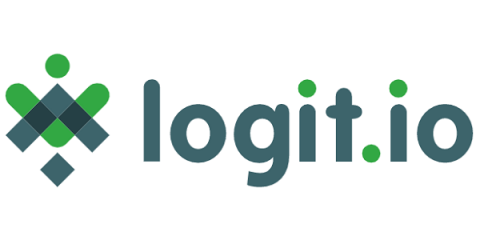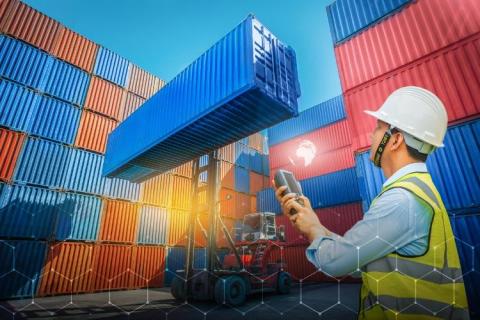Database Horror Stories by Spiceworks Community
IT is a thrilling world, full of unpredictable cybersecurity threats. Databases in particular are a place where you always need to watch out for perils and pitfalls. With Halloween fast approaching, we offer some hair-raising database stories to make you feel the terrifying spirit of the holiday.









